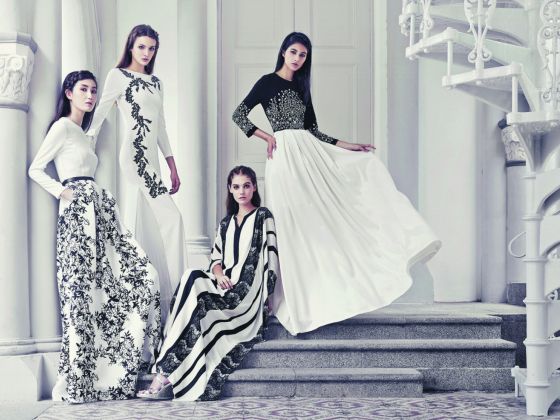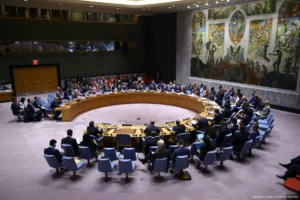Singapore, 2 Sha’ban 1436/20 May 2015 (MINA) – If recent reports are anything to go by, Islamic fashion, or wear/">Muslim wear, as it’s sometimes known, is making a serious fashion statement.
Revenue statements, that is: The 2014–15 State of the Global Islamic Economy report by research firm DinarStandard found that Muslims spent US$266 billion (S$352 billion) in 2013 on fashion, compared with US$242 billion in 2012, and projected global spending of US$484 billion by 2019, Halal Focus quoted by Mi’raj Islamic News Agency (MINA) as reporting.
Numerous brands are keen to cash in on the demand, such as Singapore-based Zalora, which is upping the ante in the Islamic fashion boom stakes with its in-house collection, ZALIA, as well as collaborations with designers such as Malaysia’s Mohd Hafizi Radzi Woo and Izree Kai Haffiz (of FIZIWOO).
“The ZALIA collection is designed with intricate embellishments, sophisticated embroideries and hand beading, delicate crochet placement lace, as well as self-designed unique prints on jacquard that are exclusively created in-house, said Avni Pundir, managing director and head of private labels at ZALORA.
Also Read: Packaging Industry Supports Halal Ecosystem
“Our current collection is inspired by the glamour of the painting The Supper At The Ball by 19th century German artist Adolph Menzel. This range of elegant fashion wear features a bold mix of colours such as metallic gold, midnight blue and audacious red, plus the ever-contemporary classic black and neutral ivory and soft pastel shades. The collection is outfitted in classic fabrics such as soft chiffon and satin in ball-gown forms and flattering mermaid shapes, creating modern feminine silhouettes.”
Along with the FIZIWOO range, ZALORA will be launching its latest ZALIA collection at Singapore Fashion Week this afternoon at the Tent @ Orchard, Ngee Ann City Civic Plaza, and Pundir said the company is more than ready to meet the challenges ahead, such as whether designers can push the boundaries between fashion and modesty.
“One of the biggest challenges in the Islamic fashion industry is the ongoing debate on how a Muslim woman should dress. Today, an increasing number of Muslim women are looking for wear/">Muslim wear that are fashionable, yet modest,” Pundir said. “I don’t agree with the idea that you can’t push design boundaries in wear/">Muslim wear. Given the standards of modesty as a guide, designers of wear/">Muslim wear will need to think outside the box and get inspirations from everything.”
She continued: “The juxtaposition of modern and tradition — seemingly bipolar opposites — can create endless permutations in design and interpretations. That is the beauty of fashion; aesthetic guides are meant to rein in and give focus to artistic expression without restricting possibilities. ZALIA is a great example of how we provide options for chic Muslim women seeking trendy but modest styles.”
Also Read: 7th World Halal Summit Held in Istanbul
Pundir added that ZALIA means to fill the gap in the South-east Asia market for “accessible and affordable, glamorous and elegant modest wear” that goes beyond the usual festive season fare and can be worn throughout the year. “By producing more options for women and collaborating with the region’s Muslim-wear designers, we are helping the industry grow and fuelling interest in elegant wear/">Muslim wear.”
Pundir said the company was working to expand its product range to offer customers a wider choice. “It’s not about the volume, but about providing customers with relevant and good products at a good price. That’s our focus.” (T/P010/R03)
Mi’raj Islamic News Agency (MINA)


































 Mina Indonesia
Mina Indonesia Mina Arabic
Mina Arabic